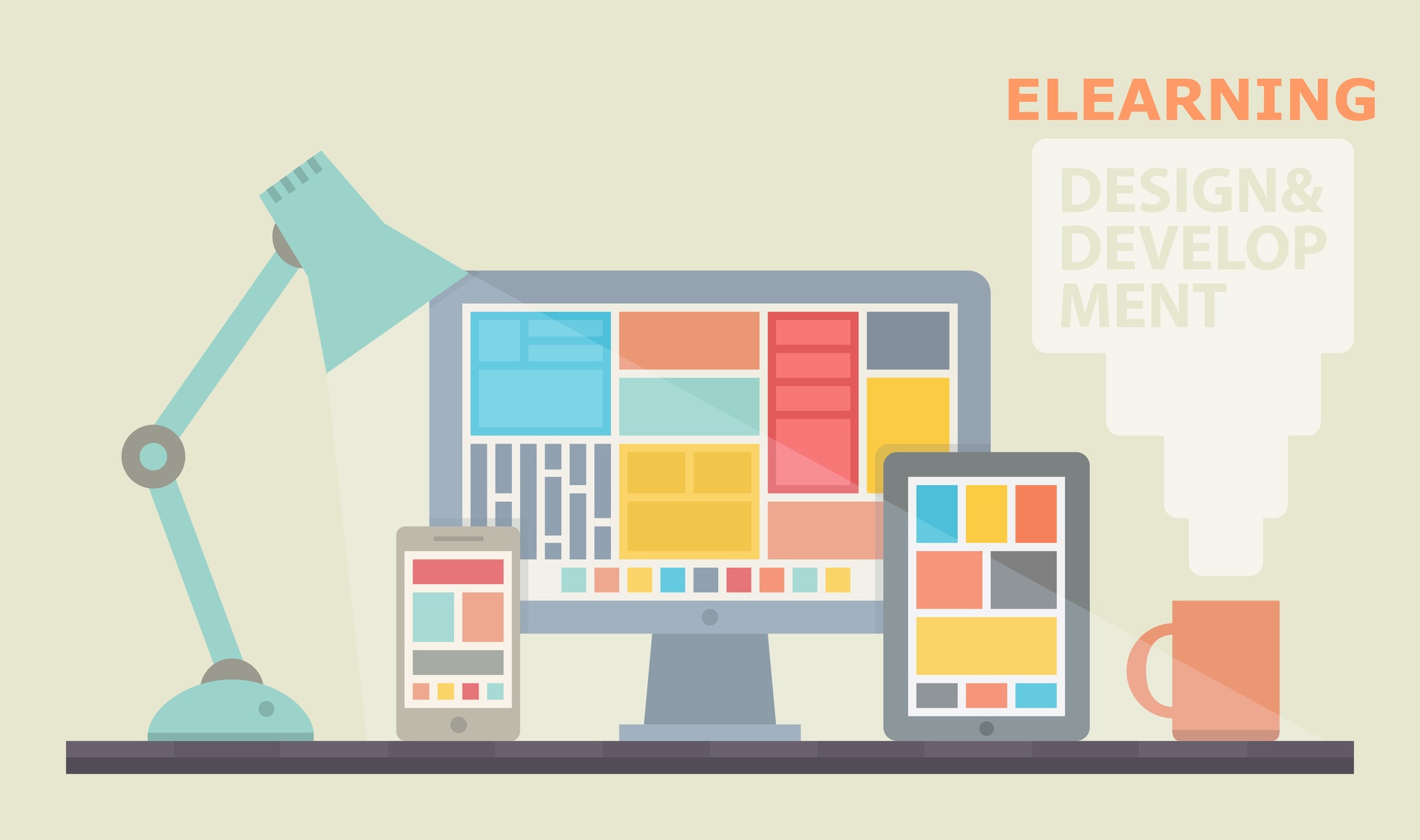Focusing On Business Results: How To Design Effective eLearning
We can have a map and say we know where we are going, but without an expectation of how and when, we are at the mercy of unexpected changes. This same truth can be applied to an eLearning course as well. Well-informed business goals need to be emphasized early when trying to design effective eLearning.
How do I focus my eLearning?
1. Start With The End In Mind
Whether your goal is to increase performance, reduce cost, or promote safety, your main objective needs to be clearly addressed early in your eLearning solution. By first stating what your outcomes will be, you can begin to outline your course in a way that shows the development and the actions necessary to make those outcomes become a reality.
When you start from the beginning and develop gradually, the end goal becomes less of a fixed point and more of an eventuality. Steven Covey reminds us that when we have envisioned outcomes, we are more proactive in our efforts to reach our goals. Plan accordingly, and capitalize on productive learning. Ask yourself questions regularly about the benefits of your content and be selective in the shaping of your structure. By maintaining focus, it is less likely to deviate from the core lessons, and you will maintain a strong, constant flow.
2. Acknowledge Strengths
When introducing courses to improve your business, it is easy to focus on what is going wrong instead of recognizing what is going right. Learn how to identify strengths in your team first, and then apply these strengths to the wider scope of the project. Instead of leading with a problem, focus on the strengths and emphasize where you can build off of previous success. Use this opportunity to reinforce the benefits your desired goal has on the skills your learners already have, and encourage the optimization of those skills. Valued strengths are more likely to be retained and activated when they have been identified.
By starting strong, you can then shift your focus to improving the specific performance aspects and standards that are interfering with your overall goals. Encouraging development in the areas that need to be reinforced and expressing the benefits of changing certain behaviors will only strengthen the process of meeting your end goal.
3. Plan Meaningful Resources
Effective eLearning relies on your user being actively engaged. Too much content can be overwhelming, so it is important to be as informative as possible without overloading your user’s attention. The most effective way to instruct is to have a series of knowledge checks spread throughout your instruction. These checks should be engaging and involve a form of action and participation.
Memorable activities, however, are not always meaningful. Do not fill your eLearning experience with viral videos or a memes, as they are less likely to be beneficial, and could possibly be the only thing they take away from your eLearning. At eLearning Industry, Scott Ragin reminds us how a poorly utilized graphic will be skimmed over and potentially undo your efforts used to train. Instead, find a way to make your engagements related to your instruction, and find a way to make the learning the most memorable part of the eLearning experience.
4. Construct A Form Of Continued Checks On Learning
Throughout your courses, you will have knowledge checks to keep your learners on track, but it doesn’t stop there. A series of evaluations outside the course will go a long way to confirm lessons learned. Having evaluations early and often go to prove that the learning is being applied, or if there are areas that need improvement. Providing constructive feedback maintains the set expectations and involves all parties to perform at the same standard.
Document these interactions for reference and make considerations for frequency in future evaluations. Once the new standards have been understood, accepted, and applied to every day operations, you will see their successes resulting in the success of your business.
Final Word
Actively recognize what it is you need to do improve. Address how your goal is obtainable, and what actions are going to result in a successful learning experience. Take note of what isn’t working, and make a plan on how to develop the necessary strengths to achieve your goals. Make your goal become the goal of your learners, and ensure that your workers and staff are committed to helping each other. Encourage them to work together, and to acknowledge how their performance affects the end goals.
Success isn’t something that is simply achieved; it is something you plan for.







